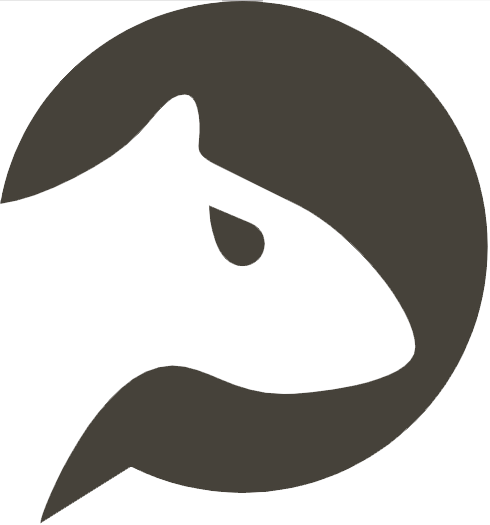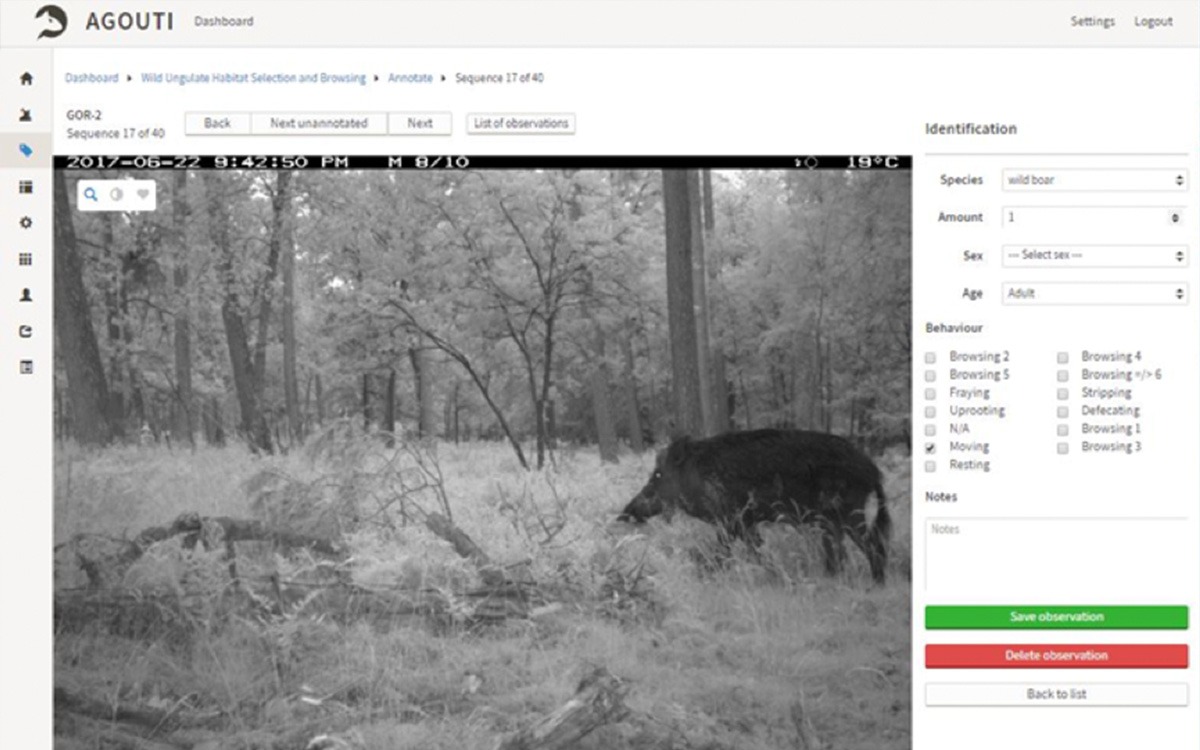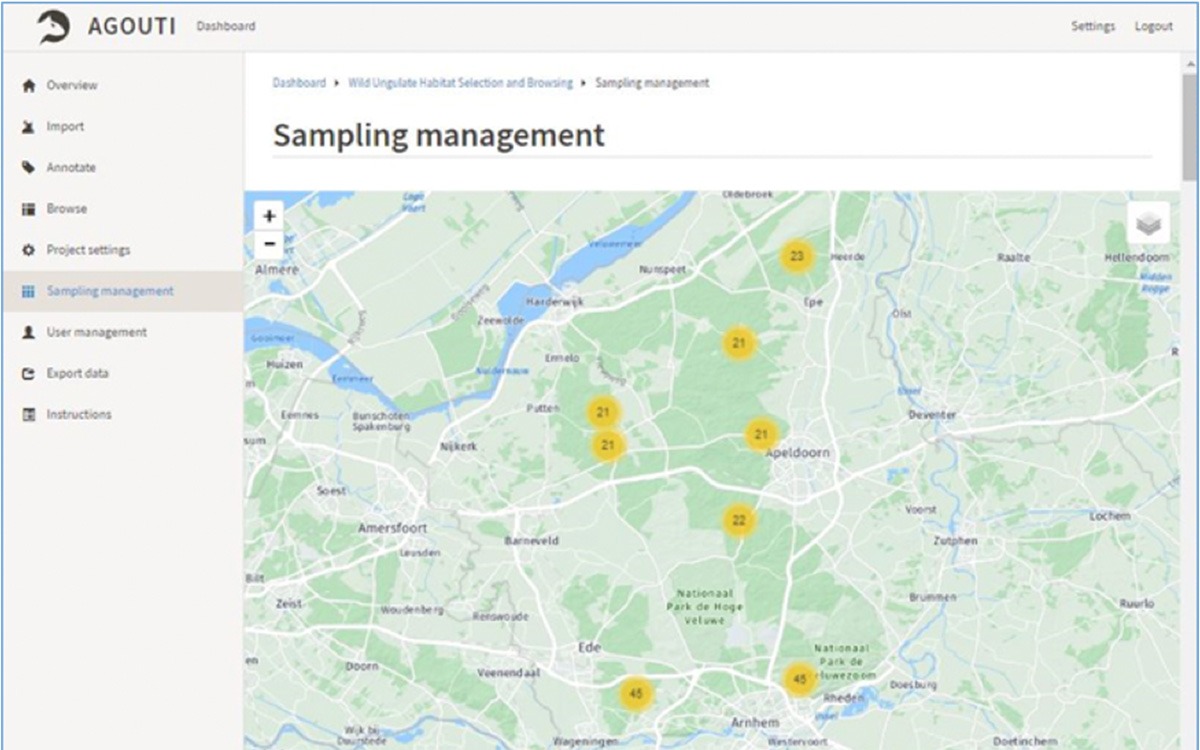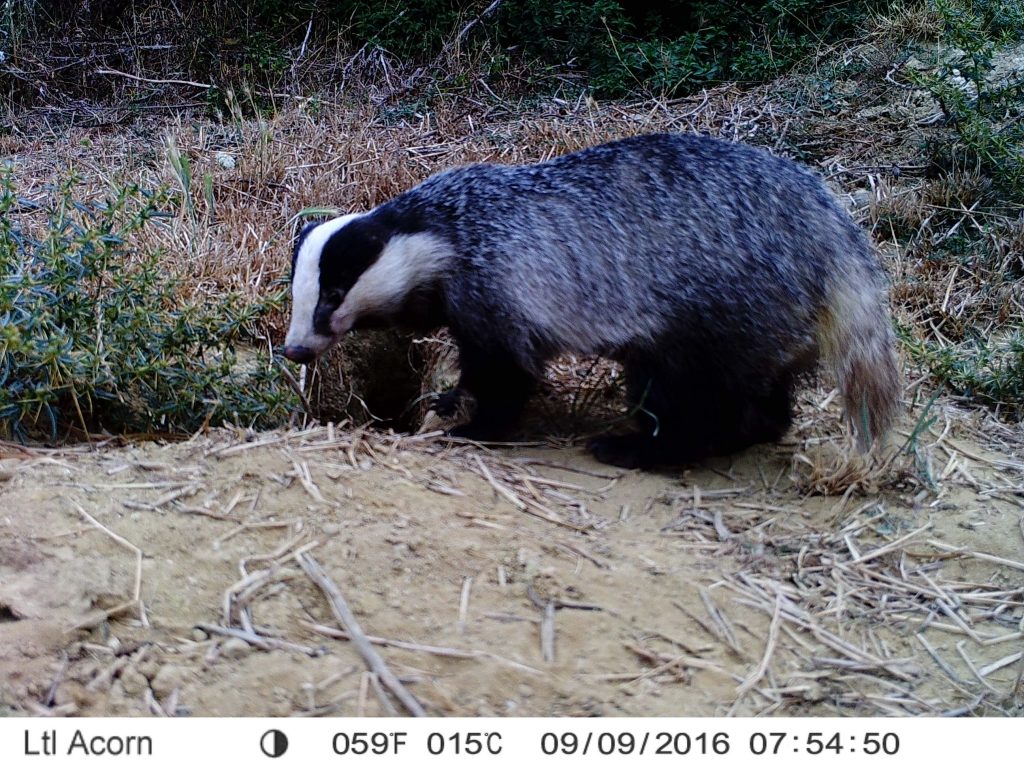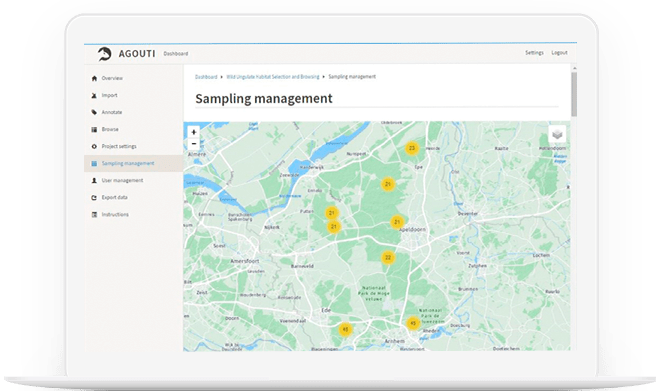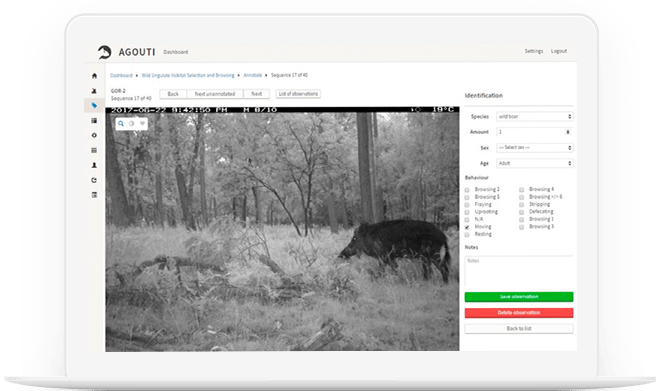What is Agouti?
Agouti is a web platform designed to support the specific local projects within each pilot country where the aim is to use the recorded mammal sightings to estimate the number and distribution of different species.
This is generally done by professionals, advanced naturalists, and trained volunteers who have access to a number of cameras. If the cameras are set up according to ENETWILD protocols, the data can be used to systematically estimate mammal densities.
